The New York Times interviewed me about the famous fragments presented by Shapira as the earliest manuscripts of the Bible.
I was invited a couple of years ago by Harvard University for a conference on the Shapira fragments, which appeared on the antiquities market in the late 19th century and were presented as the 9th century BCE ancestor of the Biblical book of Deuteronomy.
The fragments were quickly identified as forgeries by French epigraphist Charles Clermont-Ganneau. The antiquities dealer, Moses Shapira, committed suicide, and the fragments are now lost. But from time to time, a scholar revives the theory that they were in fact authentic. This is the case of Idan Dershowitz, who just published a paper and a book on the topic.
The New York Times decided to write a paper about it and contacted me for an interview. I want to thank Jennifer Schuessler and invite you to read her paper there.
 En
En Fr
Fr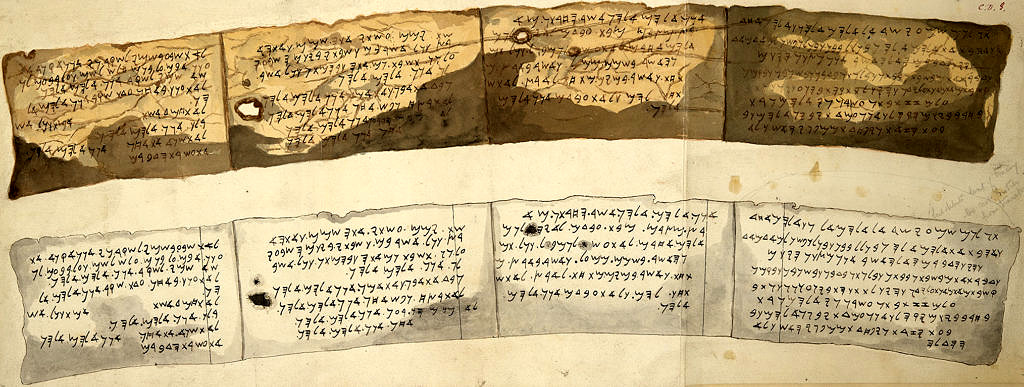
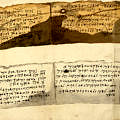

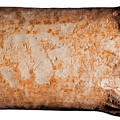

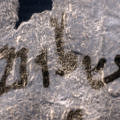
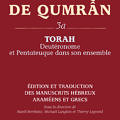
Hi Michael, what is your leaning on the subject? I find Dershowitz fairly convincing, though remain open. Do you know Ross Nichols book, out the same week, The Moses Scroll? It is really well done on the Shapira story, also offers transcription and translation–neither Idan or Ross knew the other was working on Shapira! Ross also has a blog on the topic: themosesscroll.com. I have offered a few thoughts on my blog: jamestabor.com.
Idan has made the best case for the fragments’ authenticity. But until they are recovered, it will all remain very hypothetical. Rather than speculating on their authenticity or forgery, I’d rather spend time on actual material. 😉